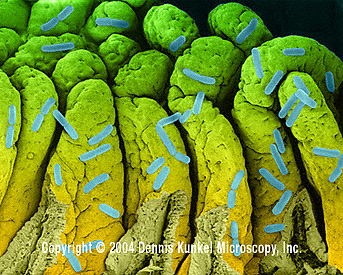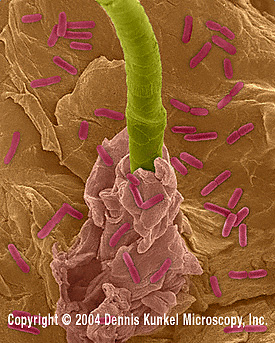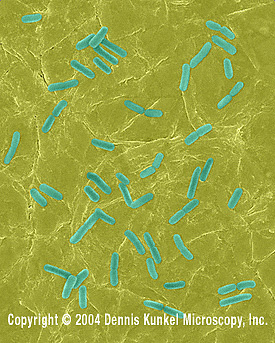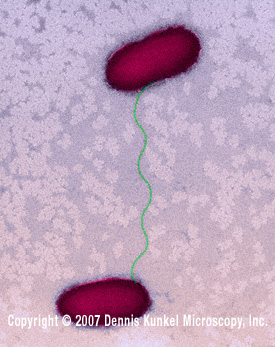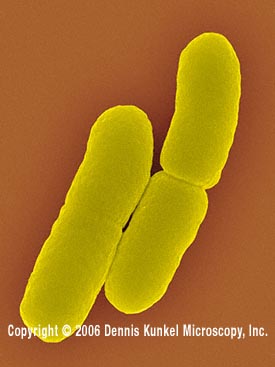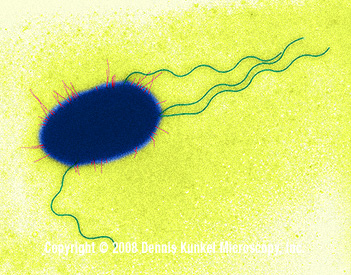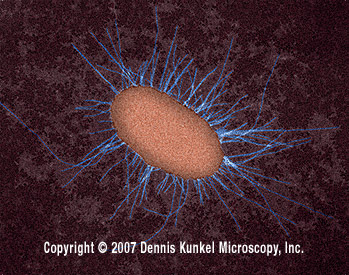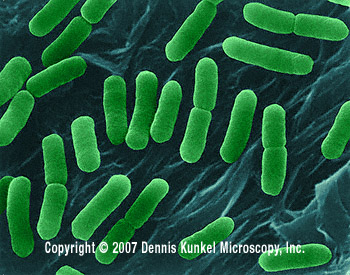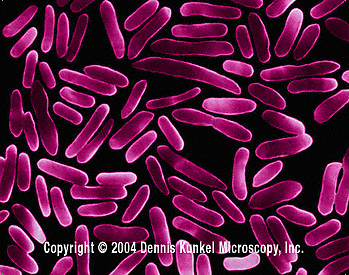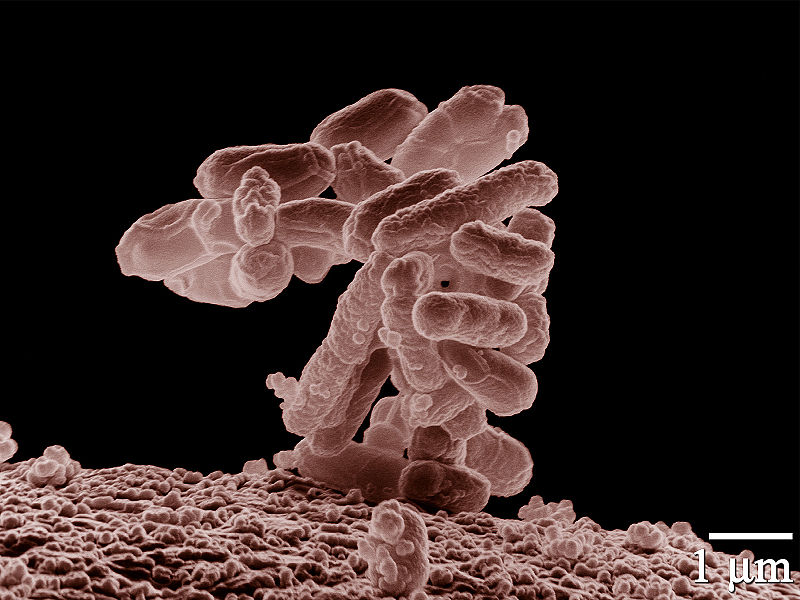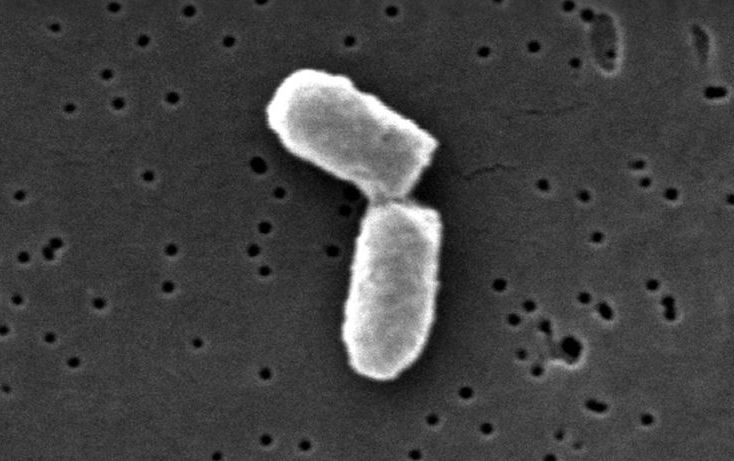Classification
Where does E. coli get classified?
Escherichia coli Classification
|
Domain: Bacteria
Kingdom: Bacteria
Phylum:
Proteobacteria
Class:
Gamma Proteobacteria
Order:
Enterobacteriales
Family:
Enterobacteriaceae
Genus:
Escherichia
Species:
Escherichia coli (E. coli) |
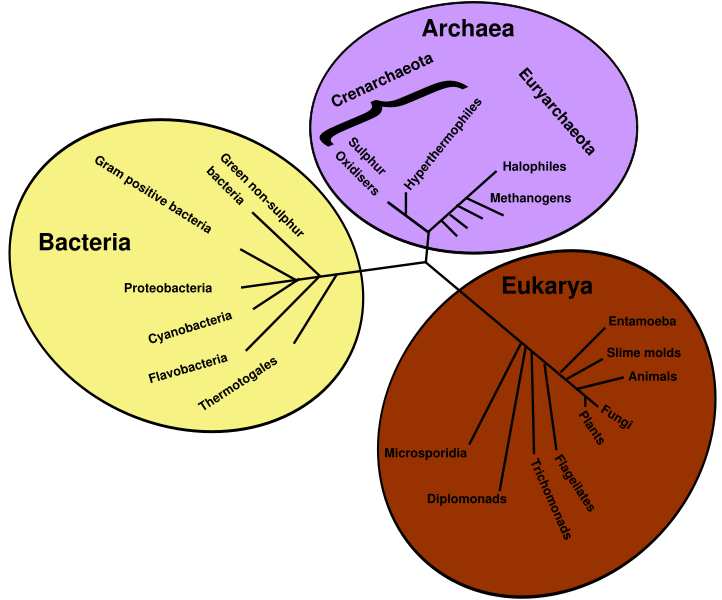 Where do I fit? Photo from a Public Domain Retrieved from Wikimedia Commons |
Species: Escherichia coli is one of five species recognized under the Genus Escherichia. What makes E. coli unique is by these biochemical activities: ferments lactose, possesses lysine decarboxylase, is Vogus-Proskauer negative, produces indole, doesn't grow on nitrate, and doesn't produce H2S.
![]() Most of this will be
explained in other sections.
Most of this will be
explained in other sections.
Phylogenetic Tree
Phylogenetic Tree courtesy of Oladele Oguseitan, Author of Microbial Diversity
Learn about some of E. coli's relatives:
1. Deinococcus radiondurans 2. Helicobacter pylori
3. Mycobacterium tuberculosis 4. Mycoplasma pneumoniae
5. Neisseria meningitidis 6. Staphylococcus aureus
7. Streptococcus pyogenes 8. Vibrio cholerae
Back to Organismal Biology Websites
Questions or Comments: Contact Justine Moder
ŠApril 2008

